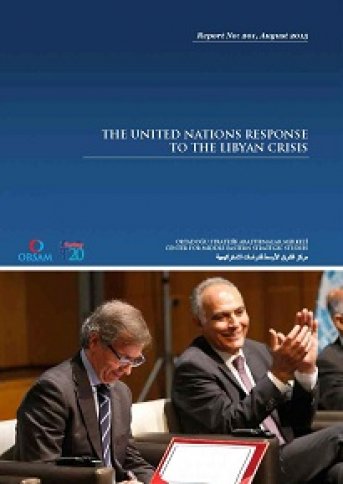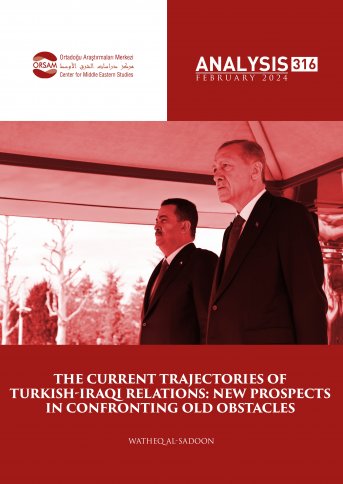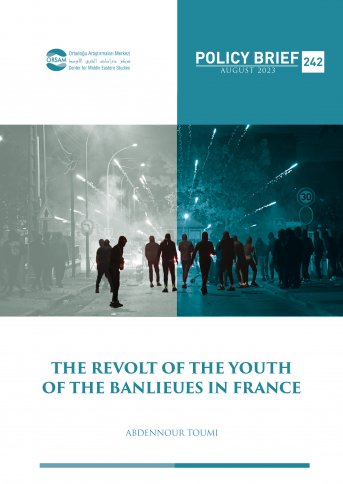
The United Nations Approach to the Libyan Crisis
Uprisings of the “Arab Spring” triggered a series of social movements and regime changes in the Middle East and North Africa. Although this transformation processes spreading across the region have been related to each other; the uprisings appeared in a different way in the region where they were experienced and resulted in different consequences. Libya is one of the most striking and dramatic examples of this difference. For the last four years, some analysts argued that, so to say, democratization was only possible in Libya which started over from scratch. Others, in contrary, attracted the attention to militant’s forces and security problems due to the collapse of state. The developments in Libya, which was at the centre of these diametrically opposed arguments, have revealed that it is difficult to establish stability in the country. In addition, after the election on June 2014, the emergence of two governments and parliaments in the country as well as the second civil war with spread of the conflicts showed how unsteady the politics in Libya was. During Libya’s last four years, which have been shaped by conflicts among tribes and political turmoil, civil war and conflict, United Nations (UN) inarguably played a critical role.
On behalf of those interested in the subject, noting the fact that this report contain significant findings and data serving a better understanding of daily developments and current conflict dynamics in Libya as well as the possible impacts of the negotiations on Libya; I would like to underline the importance of the efforts for political solution in Libya again and wish good reads.






